In this province the fruit and vegetable sector numbers more than 31,000 acres (75% of the Piemontese patrimony), and an average production of 3.5 million quintals of fruit. Over 1 million quintals of apples are produced, approx. 800,000 quintals of actinidia, even the peaches and nectarines together exceed 1 million quintals, and almost 400,000 quintals of apricots, plums and pears. 110,000 quintals of hazelnuts and over 30,000 quintals of chestnuts, apart from smaller quantities of strawberries and small fruits.
The tableland of Cuneo, to which the valley bottoms lead, has become the ideal habitat for fruit and vegetable cultivation, there being smooth ground without water stagnation, bright with dry air, a big difference between day and night temperatures, all perfect for fruit ripening and colouring. Thus fruit cultivation has developed over the years, becoming dominant in the piedmont region, which goes from the border of the province of Turin as far as Cuneo, with its centre in Saluzzo. This sector is distinguished by the cultivation, quantity and quality of its productions as well as export. Highly professional farmers cultivate on specialised farms, with integrated control techniques, selling not only locally and in Italy , but throughout the world.
Another centre of long tradition for the production of fruit is the Roero area, in particular as regards peaches and strawberries, selling through the market of Canale.
The great tradition of fruit farming is emphasised in the strong presence of well-known varieties appreciated for their quality.
Among the varieties of apples, there is the Mela Rossa (Red Apple), for which the European procedure for IGP “Cuneo” is almost complete, and this includes the varieties Red Delicious, Gala, Fuji and Braeburn which recharge high organoleptic standards in the province; the Mela Gialla (Golden Apple), in particular the Golden Delicious; among the old varieties, which are rediscovering a productive niche dimension, above all the Renetta Grigia di Torriana (Grey Pippin), originally from Barge, a town which is enhancing its production, and then Buras, the various Ravè, Gamba Fina, Contessa and Carla.
The other traditional varieties include the Madernassa pear grown in Roero, from the Grana Valley. This pear is suitable for cooking, just like the other famous variety Martin Sec; the Peaches of Canale; the Apricot Tonda of Costigliole, grown on the hills that run from Saluzzo to Busca, with excellent organoleptic characteristics; the Ramassin, small Damascene plums but very sweet and fragrant, grown especially in the Bronda Valley.
Strawberries and Small Fruits, such as wild strawberries, raspberries, bilberries, blackcurrants and redcurrants, gooseberries, and blackberries, have found their environment in the province, and in particular around the regional capital. Being an altogether particular area hidden in the fresh alpine valleys makes it possible to obtain products of excellent quality as regards both strawberries and small fruits, so much so that IGP “Cuneo” recognition is actually about to arrive.
Alta Langa is the kingdom of the hazelnut, a traditional cultivation, which, with the development currently adopted, has restored a productive dimension and an economic perspective to areas being abandoned thanks to the growing of the autochthonous Tonda Gentile delle Langhe. This is a particularly important variety appreciated by the confectionery industry, and has had IGP Nocciola Piemonte recognition since 1993.
The medium-high mountains, from the Valle Po to the Val Tanaro, are characterised by the production of chestnuts, the basic food of mountain populations of the past, then almost forgotten, but now this delicious fruit has made its comeback. The Castagna Cuneo, which includes the variety of chestnuts and sweet chestnuts grown in the province, has more or less reached the European procedure for IGP acknowledgement.
Approximately 700,000 quintals of a vast variety of vegetables are produced in this province on over 6,000 acres . Even among these vegetables, some products have found their optimal dimension in our province.
The Fagiolo di Cuneo has also found a privileged area of distribution surrounding the regional capital, thanks to the relatively cool temperatures in summer, and is known as a fresh product dried or to be shelled. Creeper crops mark the areas in summer with the characteristic reed huts. Procedures for IGP recognition are currently under way. On the other hand, the hilly areas of the Alta Langa produce the Fagiolo Bianco di Spagna (White Spanish Bean) with very big, completely white – grain, whereas in Val Tanaro the Fagiolo Bianco di Bagnasco is grown.
Among the other vegetables, worth mentioning is the top-quality Peperone di Cuneo (Peppers), best eaten with “Bagna Cauda”; Porro di Cervere (Leek), medium-sized, no sharp taste, and a high percentage of whitened fibres; the Carota di S.Rocco Castagnaretta, not very long but with good colouring; the Patata (Potato), grown in the mountain valleys or in Alta Langa, reaching high organoleptic characteristics; the Pomodoro Piatta di Bernezzo (Flat Tomato) and the Rapa di Caprauna (Turnip).
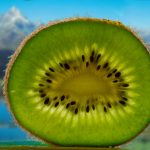
Actinidia of Cuneo
Leggi Tutto
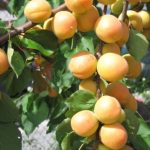
Round Apricot of Costigliole
Leggi Tutto

Carota San Rocco Castagnaretta
Leggi Tutto
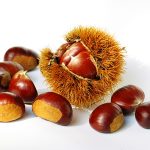
Chestnut
Leggi Tutto
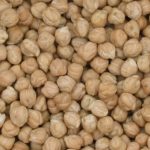
The Nucetto Chickpea
Leggi Tutto
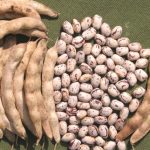
Cuneo Bean
Leggi Tutto
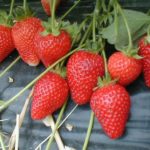
Cuneo Strawberry
Leggi Tutto
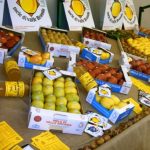
Valle Bronda Apple
Leggi Tutto
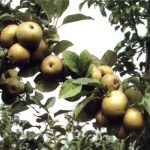
Grey Pippin Apple of Torriana
Leggi Tutto
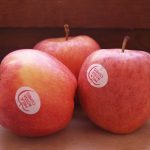
Red Apple
Leggi Tutto
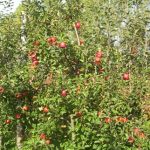
Apples – Old Local Varieties
Leggi Tutto
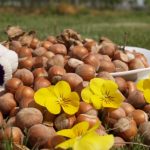
Hazelnut
Leggi Tutto
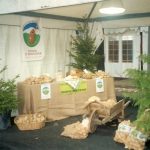
Bisalta Potato
Leggi Tutto
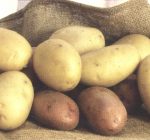
Valle Belbo Potato
Leggi Tutto
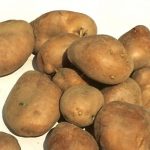
Entraque Potato
Leggi Tutto
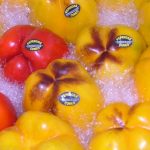
Cuneo Pepper
Leggi Tutto
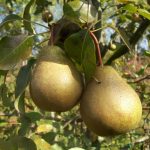
Madernassa Pear
Leggi Tutto
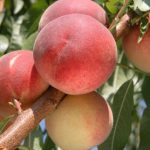
Peach of Cuneo
Leggi Tutto
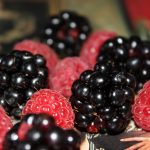
Small Fruits
Leggi Tutto

Cervere Leek
Leggi Tutto
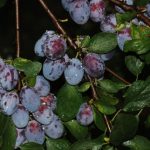
Ramassin of Saluzzo
Leggi Tutto
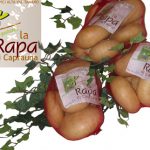
Caprauna Turnip
Leggi Tutto